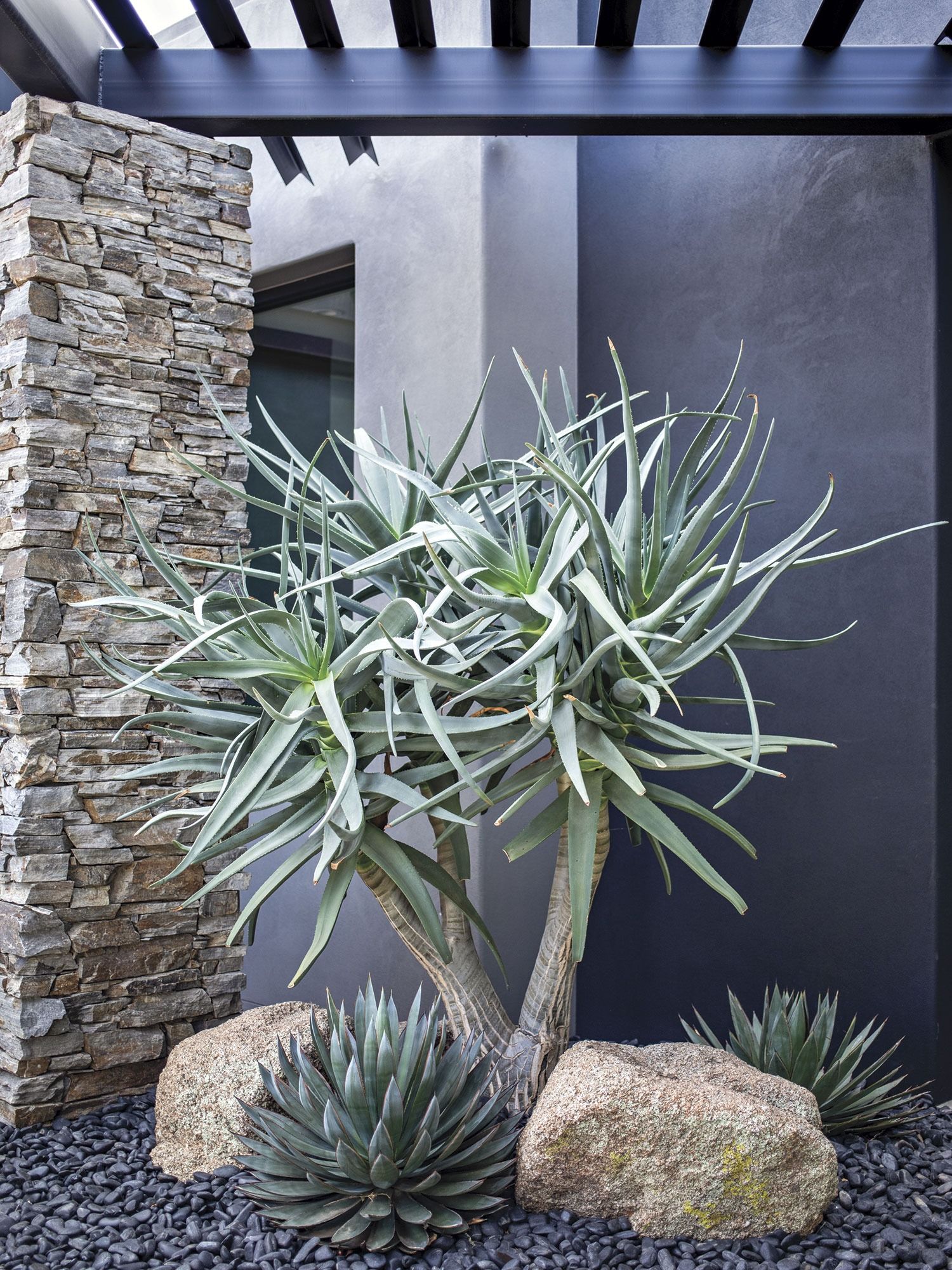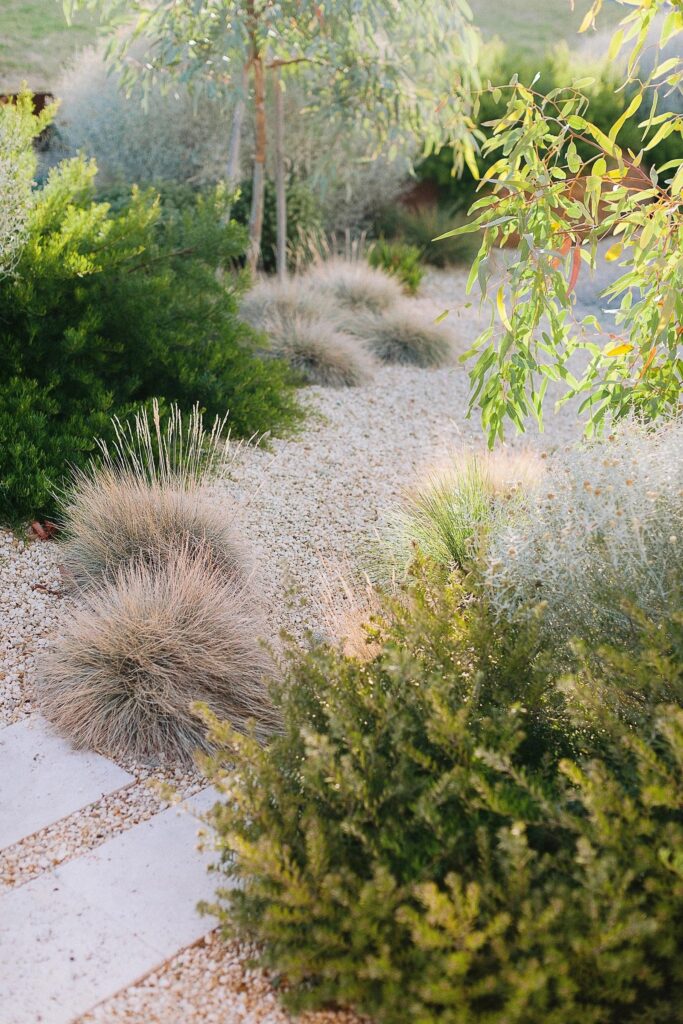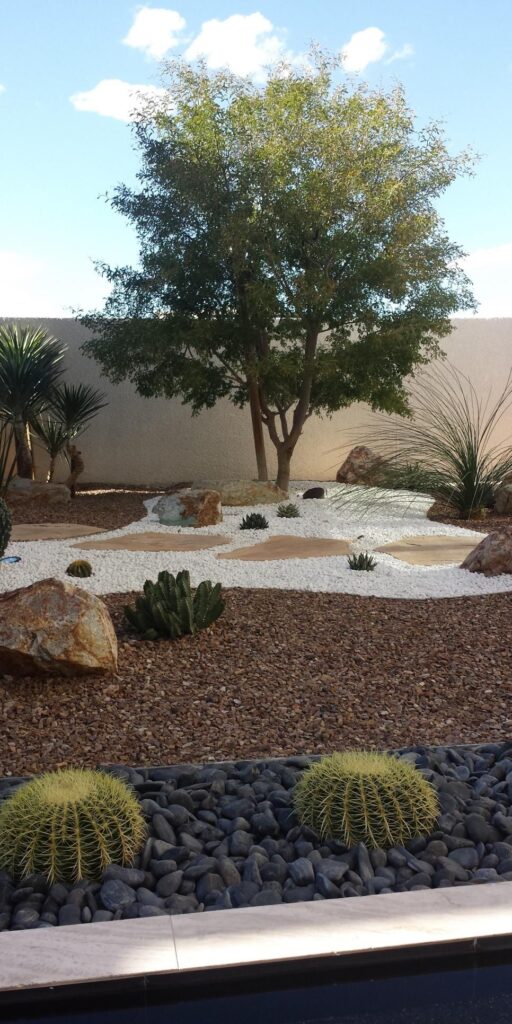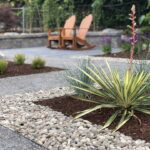Xeriscaping is a landscaping method that aims to create a beautiful outdoor space while conserving water and minimizing maintenance requirements. By using drought-tolerant plants, mulch, and efficient irrigation systems, xeriscape gardens can thrive in regions with limited water resources. This environmentally-friendly approach is becoming increasingly popular among homeowners looking to reduce their water usage and create a sustainable outdoor environment.
One of the key principles of xeriscaping is selecting the right plants for the climate and soil conditions. Drought-tolerant plants, such as succulents, native grasses, and wildflowers, are well-suited for xeriscape gardens as they require minimal water once established. These plants are not only low-maintenance but also add texture, color, and interest to the landscape, creating a visually appealing garden that enhances the overall aesthetic of the outdoor space.
Another important aspect of xeriscaping is choosing appropriate irrigation methods to efficiently water the landscape. Drip irrigation systems, which deliver water directly to the roots of plants, are ideal for xeriscape gardens as they reduce water waste and help prevent soil erosion. Mulching is also essential in xeriscaping, as it helps retain moisture in the soil, suppresses weeds, and insulates plant roots from extreme temperatures, ensuring the garden remains healthy and vibrant throughout the year.
In addition to plant selection and irrigation methods, incorporating hardscaping elements, such as pathways, patios, and retaining walls, can enhance the overall design and functionality of a xeriscape garden. Using permeable materials for hardscaping features allows rainwater to infiltrate the soil, reducing runoff and replenishing underground water sources. These elements not only improve the aesthetics of the outdoor space but also contribute to the sustainability of the landscape by promoting water conservation and reducing the need for regular maintenance.
Xeriscaping offers numerous benefits beyond water conservation, including reduced maintenance costs, increased property value, and improved biodiversity. By replacing traditional lawns with xeriscape gardens, homeowners can lower their water bills, decrease the amount of time and resources spent on yard maintenance, and create a resilient landscape that attracts a variety of pollinators and beneficial insects. Xeriscape gardens also provide habitat for wildlife and promote a healthier environment by reducing the need for chemical fertilizers and pesticides, making them a sustainable and eco-friendly landscaping option for homeowners.
Overall, xeriscaping is a practical and environmentally-conscious landscaping approach that offers a variety of benefits for homeowners looking to create a beautiful and sustainable outdoor space. By incorporating drought-tolerant plants, efficient irrigation systems, and hardscaping elements, xeriscape gardens can thrive in arid climates while conserving water and reducing maintenance requirements. With its focus on water conservation, sustainability, and biodiversity, xeriscaping is a smart choice for homeowners seeking to reduce their environmental footprint and create a welcoming and vibrant landscape that can be enjoyed for years to come.

















